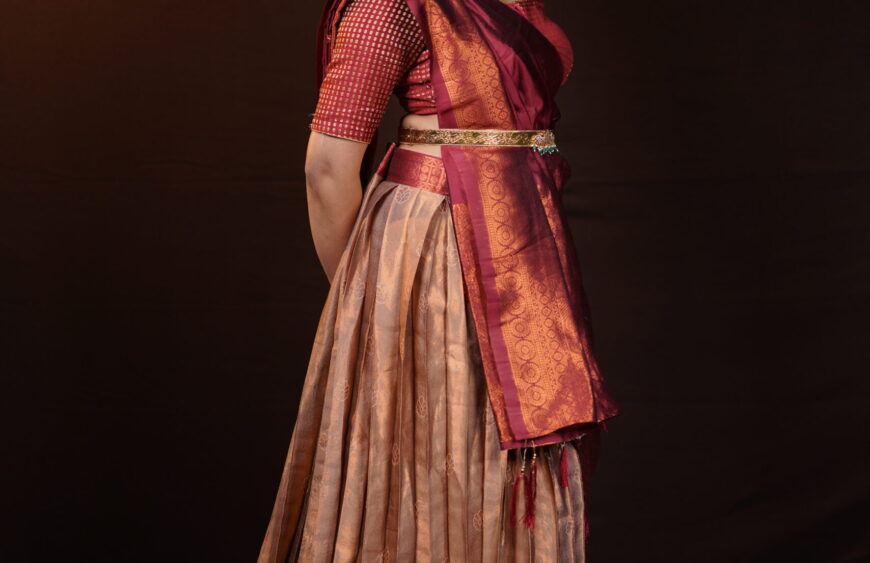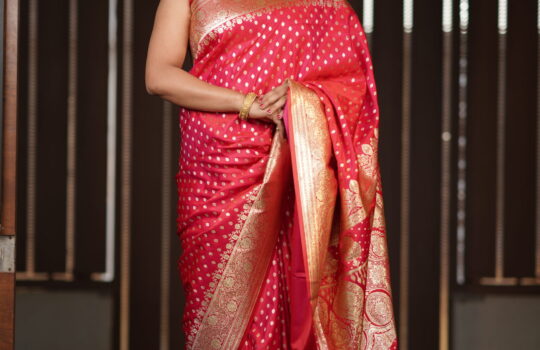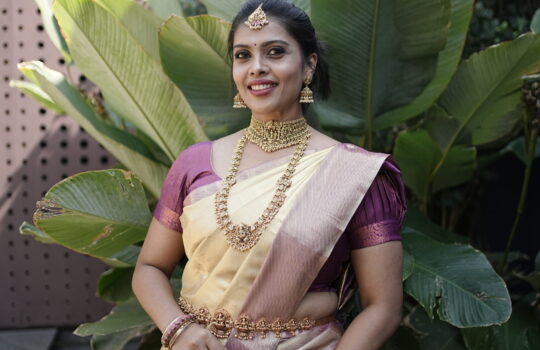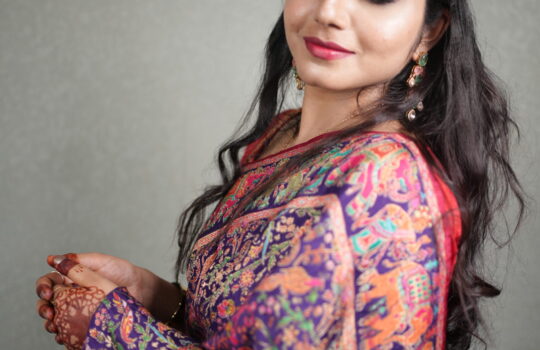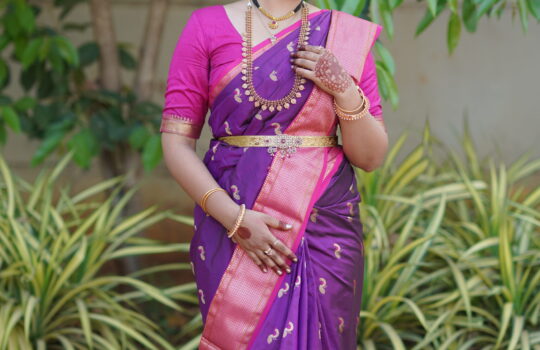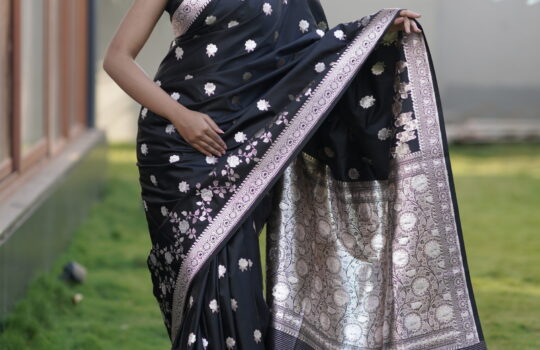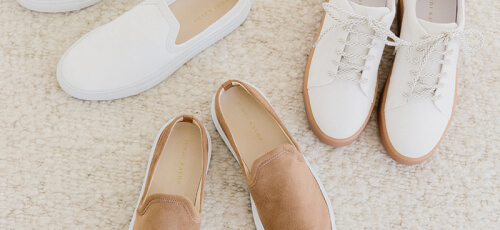Navratri, India’s most important and widely celebrated festival, holds deep cultural and spiritual significance. Translating to “nine nights“, devotees worship the nine avatars of Goddess Durga that represent strength, knowledge, wealth and protection during these nine nights of festivities.
Navratri also symbolizes the triumph of good over evil; many traditions celebrate Goddess Durga’s victory over Mahishasura while in others it marks Lord Rama’s over Ravana (Celebrated as Vijayadashami or Dussehra on Day 10). Spiritually speaking, Navratri represents inner cleansing, devotion and new beginnings, it can serve both prayerful reflection and celebration.
India celebrates Navratri with varied traditions that range from Garba and Dandiya dances in Gujarat, Golu displays in Tamil Nadu, Durga Puja in West Bengal and Ayudha Puja in Karnataka; yet its central purpose remains devotion, discipline and joy.
Navratri stands out from other festivals by its tradition of wearing different colors each day to represent purity, courage, prosperity, and positivity. Sarees become more than simply attire; they serve as an expression of faith and celebration! Women wear their colored saree for each day to blend spirituality with style. Whether Garba nights or temple rituals are taking place sarees embody tradition while keeping up the festive atmosphere
Saree Drapes with a Twist: Modern Looks for Navratri Festivities
Navratri is not only a festival of devotion and dance but also of colors, fashion, and individuality. While traditional sarees have long been the center of Navratri style, modern women are adopting modern-styled drapes to stay rooted in culture while exploring creative contemporary looks.
One of the most iconic fusion styles is a belted saree drape. By adding a belt over your saree, it instantly provides structure to your outfit and makes moving around easier–ideal for Garba and Dandiya nights! Pairing Kota, georgette, or chiffon sarees with metallic or embroidered belts creates an effortlessly chic Indo-western aesthetic.
Another popular trend is dhoti-style drape, wherein a saree is pleated and tucked to mimic dhoti pants. This unique look offers comfort during dance performances while offering you an eye-catching edge over traditional draping styles. Pair this look with either a crop top blouse or jacket style blouse for maximum impact.
Layering can add dimension and character, with layers such as cape drapes being an elegant way to layering up. A sheer cape or long jacket worn over a saree can transform it from elegant and graceful into glamorous yet graceful for Navratri celebrations. Experimentation with off shoulder blouses, asymmetrical pallu drapes or pant-style sarees also gives modernity without detracting from festive spirit.
Fusion saree drapes make ideal Navratri attire due to their adaptable nature and ability to stand out with fashion-forward styles at Garba, Pooja rituals or family celebrations while remaining comfortable and fashionable.
At Preeti Silks, we celebrate this harmonious balance between modernity and tradition with our festive saree collections. Ranging from lightweight Kota silks for experimental drapes to rich silks that exude classic elegance, these pieces enable you to embrace Navratri in your own personal way.
Post-Navratri Wardrobe Care: How to Store Your Sarees Right
Navratri is an annual festival full of colors, devotion and celebration in India. For nine days women across India don vibrant sarees in various shades to reflect the atmosphere of each day: lightweight Kota Doria drapes for Garba nights or rich silk sarees for Pooja rituals make an impressive statement about themselves at this festive occasion. But after the festivities end it’s also important to care for and store these exquisite garments properly so they remain beautiful for years after.
As part of proper saree storage, gentle cleaning should always come first. After being worn for extended periods during Garba, Dandiya or ritual events such as Garba, Dandiya or rituals, dust, sweat or makeup stains may remain on your fabric, and should always be professionally dry-cleaned prior to storage; either way ensuring they are spotlessly clean is vital in avoiding discoloration and fabric damage.
Fold and wrap carefully: heavy silks and zari-bordered sarees should be folded and stored using soft cotton or muslin cloth, to allow their fabric to breathe while protecting it from dust and moisture. Avoid plastic covers, which trap humidity that causes yellowing; light folding will ensure they retain their original texture. For delicate Kota Doria fabrics such as chiffon, georgette or Kota Doria fabric pieces like Kota Dorias such as chiffon georgette or Kota Doria fabric pieces you should light folding while placing flat before storage to maintain their original texture.
Refold your sarees every few months as an essential step. Repetitive folding along the same line can lead to creases or fabric weakening; by changing up your folds you ensure they stay strong and fresh. Also consider keeping some natural remedies like neem leaves or silica gel pouches handy to naturally protect from insects or moisture damage in your wardrobe.
At Preeti Silks, we understand sarees as more than festive wear; they’re family heirlooms to be treasured for generations to come. By properly storing yours after Navratri ends, their beauty can last into future generations.
Navratri vs. Diwali Saree Styles: A Festive Comparison
Festivals in India are not simply about traditions and rituals. They also bring with them an opportunity for women to showcase their colorful attire in vibrant attire. Navratri and Diwali festivals provide women the perfect opportunities to show off their most treasured sarees with pride; both festivals feature grand and colorful parades but may differ significantly in fabric, style, and expression choices among participants.
Sarees for Navratri
Navratri, or nine-day celebration dedicated to Goddess Durga, features nine days, each marked by its own distinct color. Women usually select sarees that reflect this specific hue each day of Navratri – creating an ever-evolving wardrobe during its run. Fabrics like Kota Doria georgette chiffon cotton silk fabric sarees are particularly suitable since they allow easy movement during Garba and Dandiya dances. Mirror work bold borders and colorful prints add extra charm.
Sarees for Diwali
Diwali, also known as the Festival of Lights, is a celebration of prosperity and togetherness. Sarees worn at Diwali tend to be more lavish and ornate compared to Navratri; rich silks such as Banarasi weaves, Kanjivaram sarees, and zari-detailed Kota silks often take center stage; women tend to favor deep festive colors like maroon, gold, emerald green and royal blue while accessorized with heavy jewelry that matches this grand occasion – luxury, radiance and timeless elegance become priorities instead.
The Difference:
Navratri sarees emphasize comfort, color and devotional celebration while Diwali sarees feature more opulence, tradition and festive glamour. Both reflect India’s cultural diversity but must reflect the nature of each festival.
“A saree is more than a piece of fabric, it represents culture, tradition and celebration in every drape.”
At Preeti Silks, we offer you the best of both worlds. Our selection features lightweight Kota sarees perfect for Navratri’s nine nights of dance and devotion; luxurious silks from Banarasi weaves which capture Diwali; as well as Kotas carefully selected to reflect tradition with modern elegance ensuring you look your best no matter the event. Whether it be Garba or festive gatherings Preeti Silks has you covered for every special moment and every drape tells a unique tale of heritage, style and timeless beauty.


